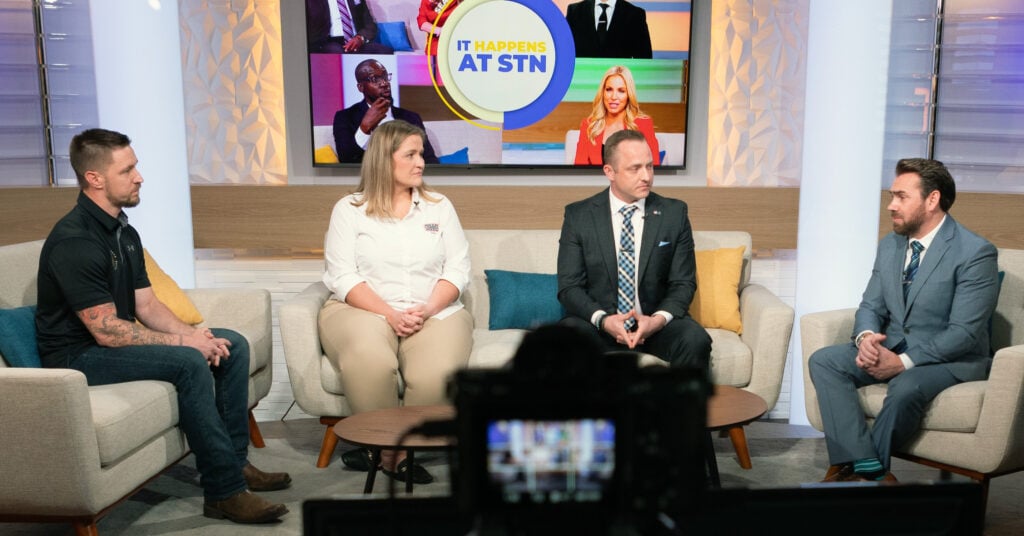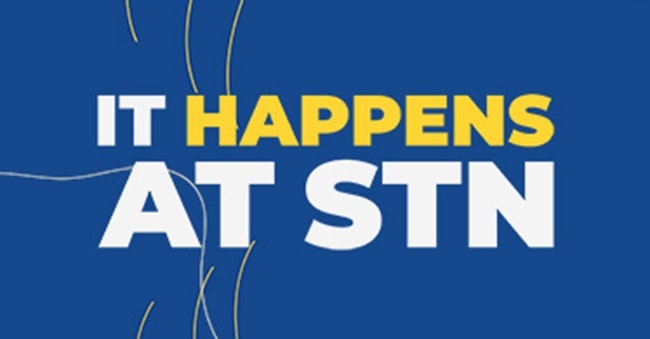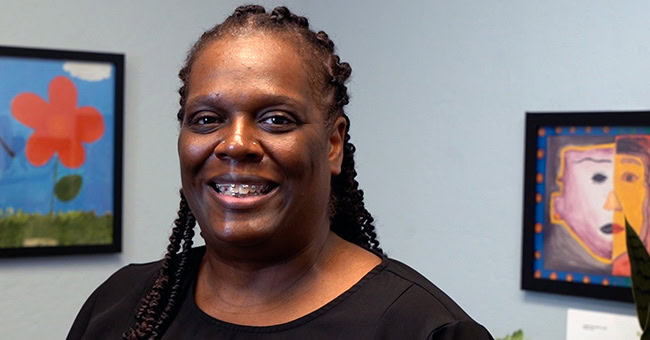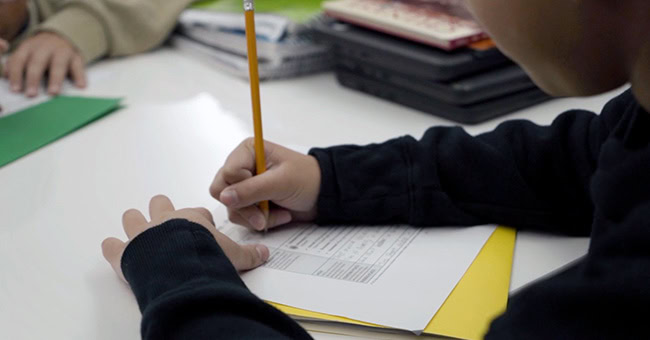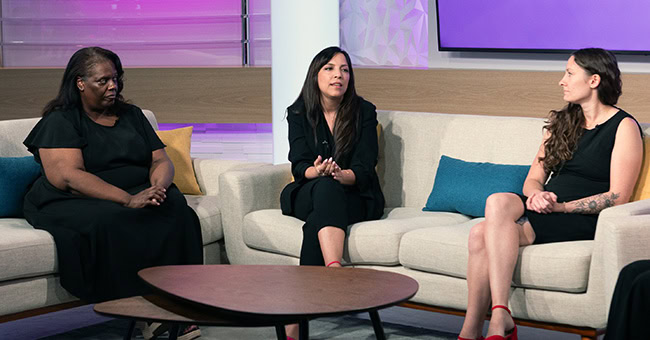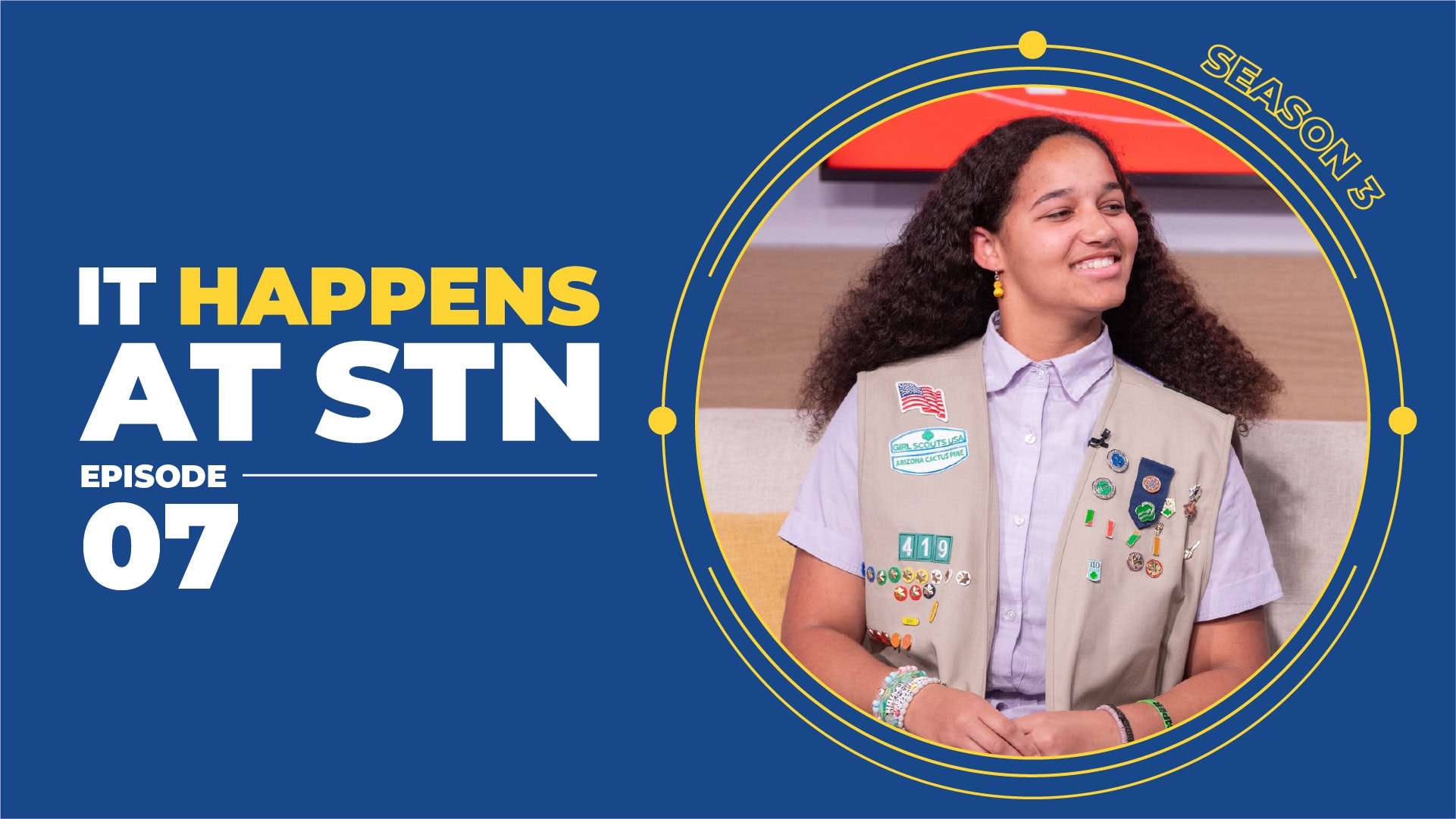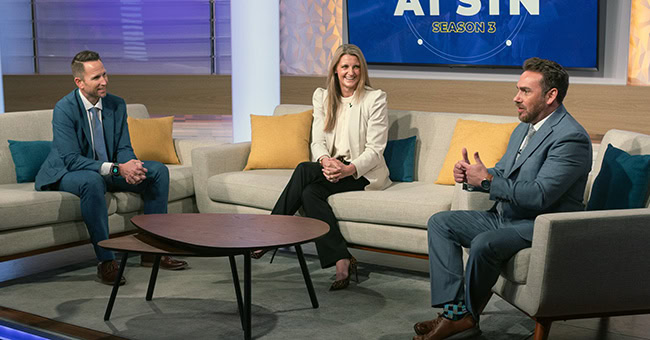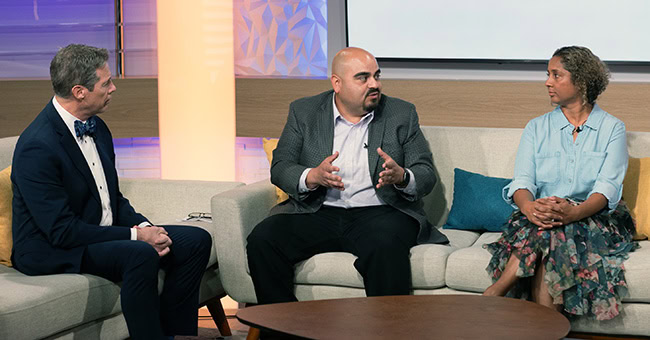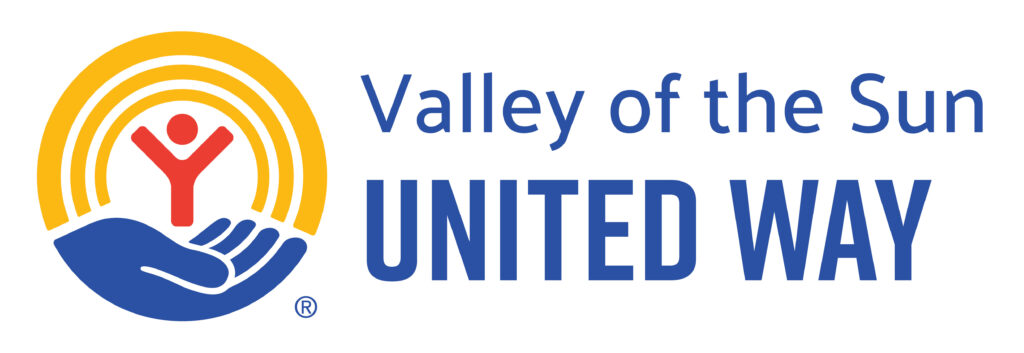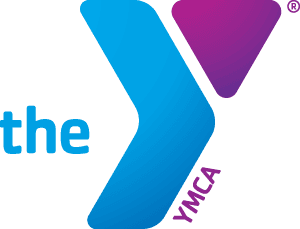PHOENIX, Ariz. (STN) – Since the United States went to war in Afghanistan following the terror attacks of September 11, 2001, an astonishing four times as many veterans have died by suicide than have been killed in combat. And, sadly, the problem of veteran suicide continues to get worse.
That’s why USAA, in conjunction with the Humana Foundation and Reach Resilience launched “Face the Fight,” a grassroots effort to address the epidemic of veteran suicide.
“We’ve built a coalition, a community of nonprofits, private [and] public sector partners, universities, and the Department of Veteran Services,” said Patrick Fitzhugh, Regional Site Director for USAA. “It’s a rally cry around an issue that unfortunately continues to get worse in time.”
Fitzhugh was a guest panelist for a round-table discussion on the issue of veteran suicide during the November episode of It Happens at STN. He explained that after starting with 50 organizations originally, the effort has expanded to include more than 90 organizations working toward the goal of reducing veteran suicide rates by 50%, by the year 2030.
“We’re tapping into the partners who maybe haven’t worked collectively together,” Fitzhugh said. “We’re carrying the flag forward for a lot of great organizations to make an impact for the first time with a really aggressive, moonshot goal.”
Joining Fitzhugh on the STN stage for the important discussion about veterans’ mental health and safety were the Executive Director for USO Arizona, Kelly Nastos, and Sam Neuhauser, West Region Manager for the Travis Manion Foundation.
Nastos says that one of the biggest issues impacting mental health for veterans is a lack of involvement in the community, especially when they return from deployments in active war zones.
“The very best tool to combat mental health issues is connectedness and being connected to your community,” Nastos said. “We see (veterans) as young and fit and strong, and they’ve raised their right hand to lay their lives down on our behalf. And even the strongest among us still need support.”
Neuhauser, who served in the Marine Corps until 2012 before eventually landing at the Travis Manion Foundation, had his own mental health crisis that he now openly shares with fellow veterans and the teams he leads.
“I spent 11 years in silence of hiding it, of putting the face on, of just trying to suffer in silence,” he said. “I think there’s a lot of people out there like me. I don’t have the personality where you would think that there’s something going on behind the scenes.”
All three agreed that the perception of veterans, the resources available to them, and the language used about what they are going through, needs to continue to evolve if organizations, like USAA, are going to successfully address the crisis of veteran suicides.
“They all have different experiences and everyone interprets trauma in different events differently,” Nastos said. “Keep that in mind as you work with people.”
“Continue the conversation, be open, encourage people to look for resources or utilize resources in the community,” Neuhauser added. “[And] Community partners and organizations, learn more about the veteran community. Understand maybe the things that we have or have not experienced and how to best utilize them.”
If you are suffering a mental health crisis and contemplating suicide, don’t hesitate to call the National Suicide Prevention Lifeline by dialing 9-8-8. You will be able to speak with a mental health advocate who can help point you toward resources and assistance.
For more information about USAA, USO, the Travis Manion Foundation or “Face the Fight,” watch the video above.


